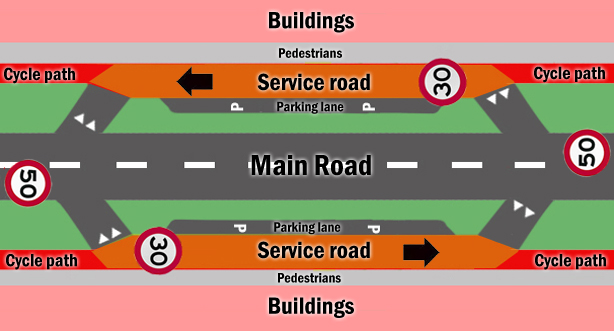DarnDirtyApe
Active Member
We do, actually. It's crumbling so badly (apparently because of the way it was built causing the salt to corrode everything, as per the G&M article on Gardiner) that it needs to be rebuilt or torn down. Ergo, we're having a conversation about this piece of road.
I'd say we're doing a pretty great job of building out the east waterfront at a much higher pace than I ever thought possible -- there are people living just east of Yonge, working just east of Jarvis, and lounging at a park just east of Sherbourne. They're starting to build up to Parliament -- the next step is just east of Parliament slip -- which, lo and behold is the part of the 'underused waterfront' that will remain underused if you get your way and we build a roadway instead of a city.
Too bad the truth is that we could simply rebuild it and still get 99% of the same redevelopment anyway, as per recent history on the west side of town. We're talking about 10 acres that would be freed up with "remove"; the Port Lands (which don't include anything north of Keating) is 1,000 acres.






